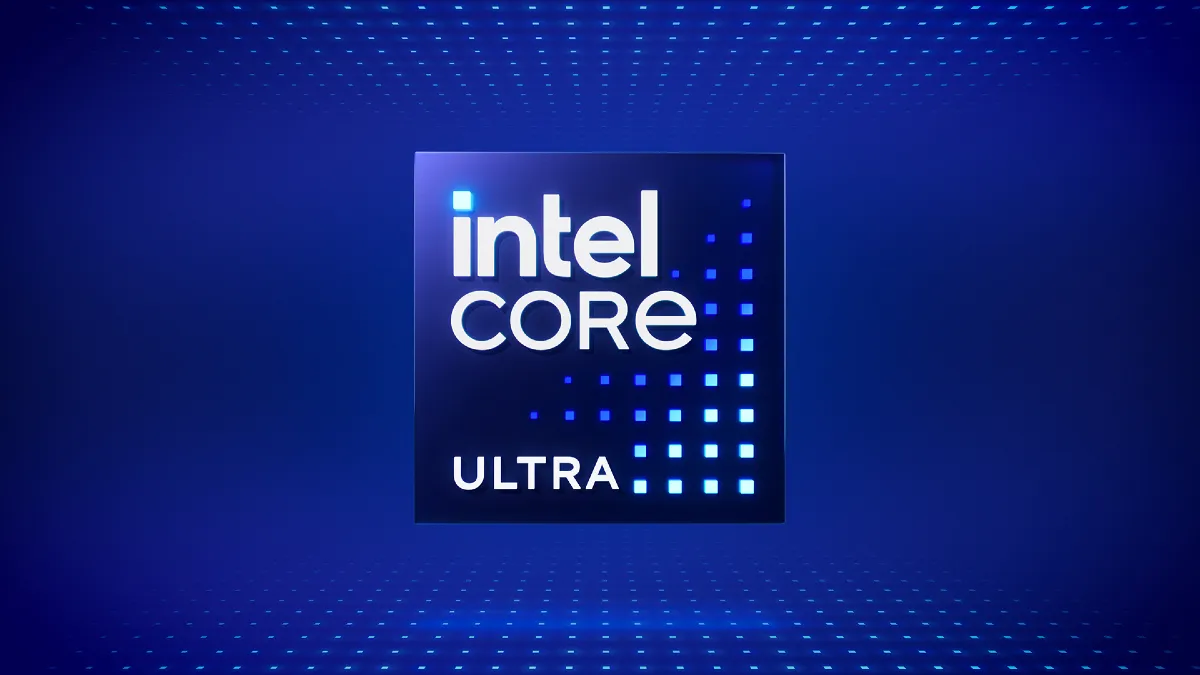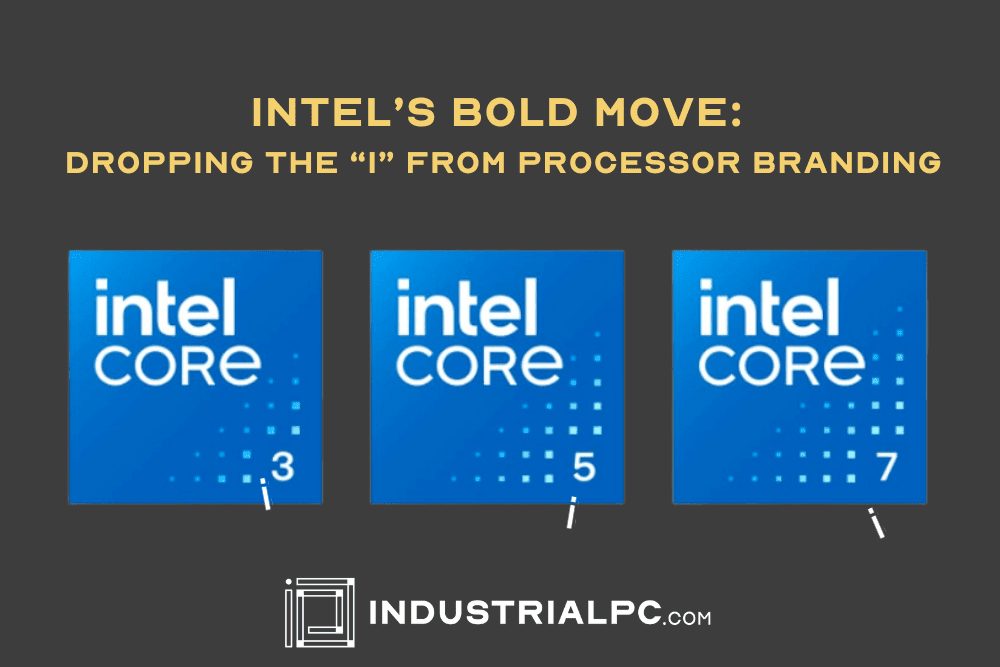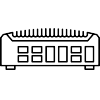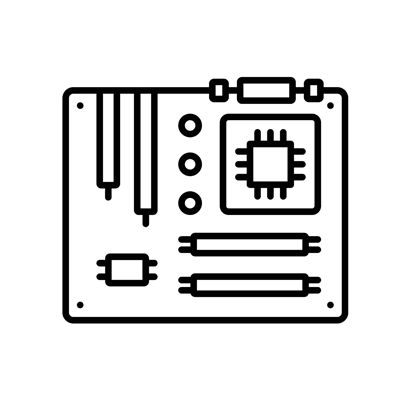In a surprising move, Intel has announced that it is bidding farewell to the iconic “i” branding that has been synonymous with its processors for over a decade.
In a surprising move, Intel has announced that it is bidding farewell to the iconic “i” branding that has been synonymous with its processors for over a decade.
The change will take effect with the upcoming release of Intel’s 14th Generation processors, codenamed Meteor Lake. The decision to drop the “i” from the branding is part of a broader effort by Intel to simplify its processor names and align with customer feedback. In this article, we will explore the reasons behind Intel’s rebranding strategy and the implications it may have for customers.
Evolution of Intel’s Processor Branding
For years, Intel’s Core i3, i5, i7, and i9 processors have dominated the market, offering varying levels of performance to cater to different user needs. The “i” in the branding has become iconic, representing Intel’s commitment to innovation and cutting-edge technology. However, as the tech industry evolves, so do branding strategies.
With the introduction of the 14th Generation processors, Intel is adopting a simpler approach to naming its products. Instead of the traditional “i3/i5/i7/i9” branding, the new processors will be labeled as Core 3, Core 5, Core 7, and Core 9. This shift aims to make it easier for consumers to understand and navigate Intel’s product lineup.
Why the Change?
The decision to drop the “i” from Intel’s processor branding was driven by a combination of factors. One of the main reasons behind the change was customer feedback. Over the years, Intel received numerous requests to simplify its processor names, as the “i3/i5/i7/i9” designations were often seen as confusing and difficult to decipher for non-tech-savvy consumers.
By transitioning to a numbering system without the “i,” Intel hopes to streamline its product lineup and eliminate potential confusion. The new branding also aligns more closely with the naming conventions used by rival AMD for its Ryzen processors, facilitating easier comparisons between the two brands.
The Implications for Customers
A Simpler Naming Scheme
The transition from “i3/i5/i7/i9” to “Core 3/5/7/9” represents a significant change in how Intel’s processors are labeled. The new scheme offers a more straightforward and intuitive approach to understand the performance hierarchy. Customers can now easily identify the performance level of a processor based on its numerical designation.
Core Ultra: Taking Performance to the Next Level
In addition to the simplified naming scheme, Intel is introducing the “Core Ultra” branding for its higher-end processors. Models like the Core Ultra 9 will denote Intel’s flagship chips, offering enhanced performance and advanced features. This move allows Intel to differentiate its top-tier offerings from the mainstream Core processors.
The Core Ultra processors are expected to boast significant improvements in speed, power, and capabilities. Intel aims to cater to power users, enthusiasts, and professionals who require the utmost performance from their systems. These chips are likely to incorporate Intel Arc-level graphics and cutting-edge technologies to deliver an exceptional computing experience.

Generational Information and Compatibility
Despite the rebranding, Intel assures customers that the familiar practice of indicating the generation of a processor will remain intact. The company will continue to include generational information in the model numbers, allowing users to identify the age and compatibility of a particular chip accurately.
For example, the Intel Core 9 processor 1300AB signifies a ninth-generation processor within the Core family. This consistency ensures that customers can make informed decisions when selecting a processor based on their specific requirements and compatibility needs.
The Road Ahead: Meteor Lake and Beyond
The new branding will be introduced with the launch of Intel’s Meteor Lake processors, expected to hit the market later this year. Meteor Lake represents a significant leap forward for Intel, as it will be the first design to utilize disaggregated chiplets or tiles instead of a single monolithic chip. This modular approach allows for greater flexibility and scalability in chip design.
While specific details about Meteor Lake’s features and performance are yet to be announced, customers can expect a range of Core and Core Ultra processors to cater to various computing needs. From high-performance desktop CPUs to power-efficient mobile chips, Intel aims to provide a diverse lineup that addresses the requirements of different user segments.
Intel’s decision to drop the iconic “i” branding from its processors marks a significant shift in the company’s marketing strategy. By simplifying its naming scheme and aligning with customer feedback, Intel aims to make its product lineup more accessible and customer-friendly. The introduction of the Core Ultra branding for high-performance chips further highlights Intel’s commitment to delivering cutting-edge technology.
As we eagerly await the launch of Intel’s 14th Generation processors, the rebranding signifies a new era for the company. With Meteor Lake on the horizon, customers can anticipate a range of powerful and feature-rich processors that cater to their evolving computing needs. Intel’s commitment to innovation remains unwavering, and the change in branding is a testament to the company’s adaptability in a rapidly evolving tech landscape.















